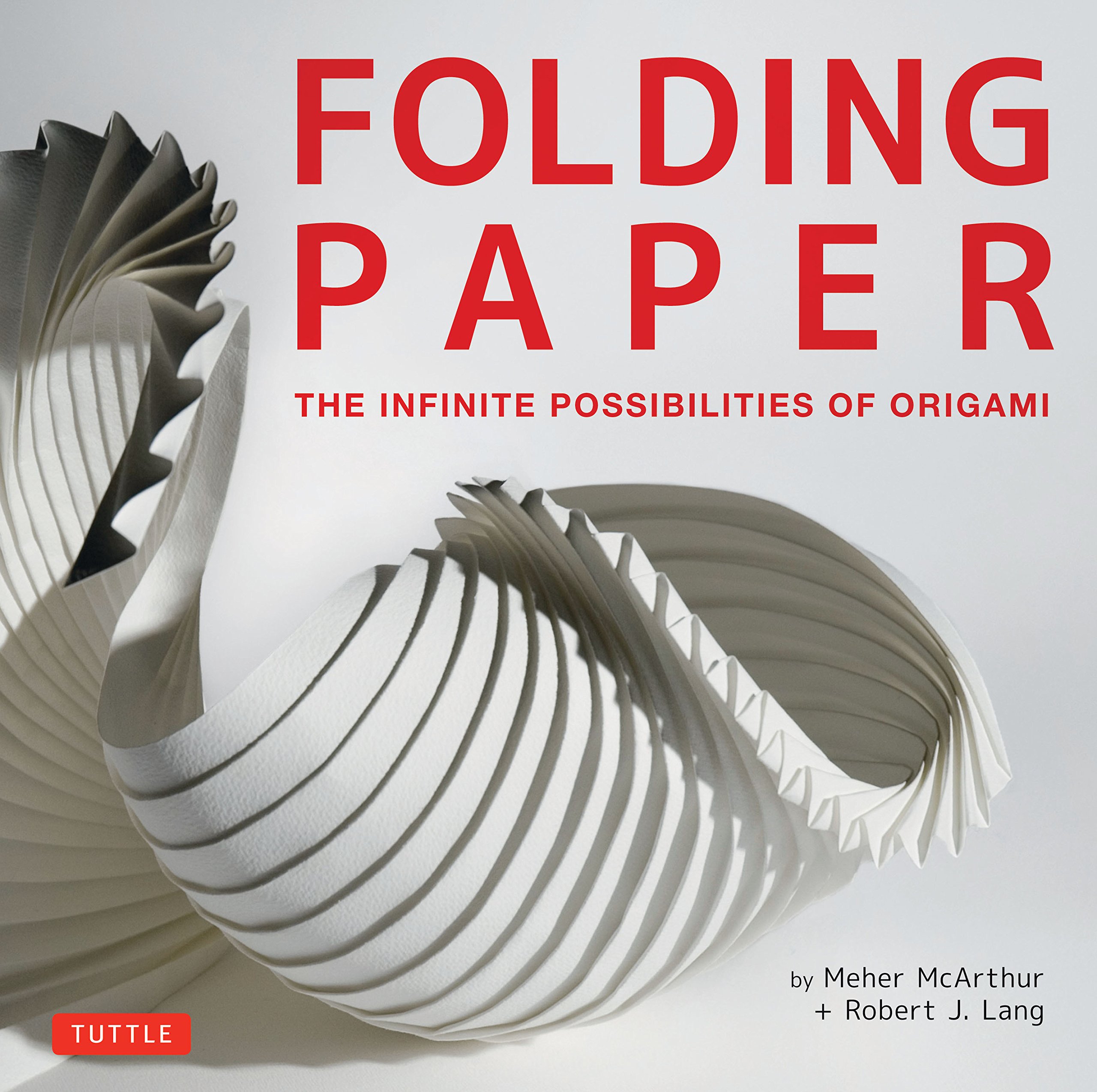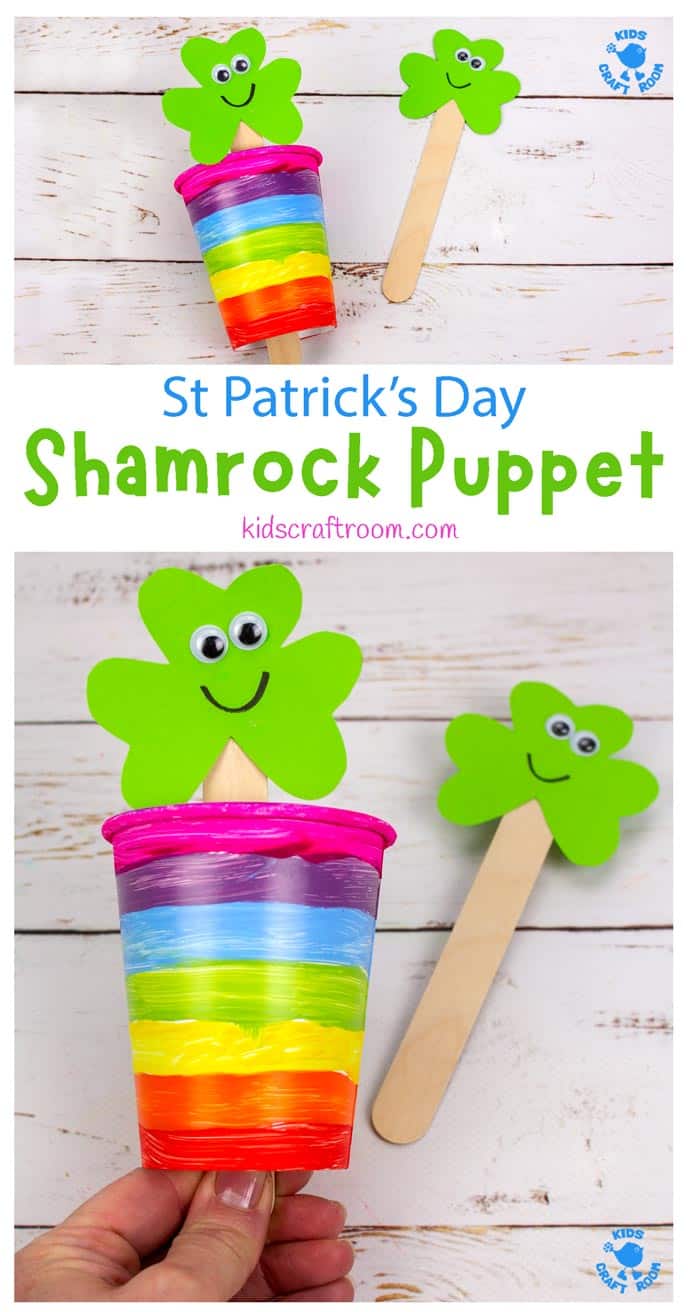
Slip stitch knitting can be described as a type knit stitch that requires inserting the left side of the needle through the front. After this, the yarn is wrapped around the right needle and pulled through. This stitch is a repeat for the slip stitch. The finished item is known as a slip stitch.
SKP
SKP knitting is a variation on the standard bind off technique. A SKP involves passing a slipped stitch over the needle that knits the same stitch. The stitches are worked close enough to the tips of knitting needles that they do not stretch. It will look wonky when the stitch is stretched. SKP knitting may be abbreviated by sl 1, k1, psso (or SKPO).

The SKP decrease can be used to decrease left-leaning stitches. It works two stitches together like one stitch without using the same needle. This decrease is usually best used with bulky yarn and blunt needles. This decrease is great for knitting with a needle's end. It is important to follow instructions when using this technique. After practicing this technique a few more times, you will be comfortable.
The next step of SKP knitting involves decreasing a row. You can choose from one of the methods in the video tutorials or the photo. You can slip the stitch onto the right side of the needle. The second involves inserting your left needle tip in the slip stitch. The left-hand needle then passes through the right-hand stitch. Once the stitch was slipped onto a right needle the left needle tip slips it back onto a right needle.
SKP tbl
The SKP is a left-slanting decrease stitch. You can use it in the same way that a k2tog stitches, except that the needle is in the back. It is similar in design to the SSK, but it leans towards the left. It can also be used interchangeably with the k2tog. This article describes the differences between them.
The SSK is the first stitch you will slip when you go k-wise. The second stitch, also known as TBL, is the working stitch. It is placed above the SSK. Both stitches are aligned. The RLM also shows the operational menu. The price ranges are determined by the departure date. This allows you to choose between a number of options and save money. A turtur-retur allows you to simultaneously work on both the left and right sides of a row.

When working a skein, use a smaller needle for the first row and a larger one for the second. The SKP tbl decrease is the fastest, but it can also twist your stitches. This makes it difficult for knitters who are very tight. If you prefer a larger design, you can use a bigger needle. Keep in mind, however, that a skein can give you the right size needle for your project.
FAQ
What are your educational hobbies?
An educational hobby can be defined as an activity in which you learn something through doing it. You could choose to learn how to play an instrument or play sports.
You should have fun with it. While you don't need to do it every day, if bored you might consider other activities.
These activities can also be costly so make sure you don't spend too much.
What are competitive hobbies?
You can compete in running, swimming or cycling as well golfing or tennis.
They're often enjoyed by people who are active and want to socialize.
You will probably find people around you who have the same hobby as you, if you are into physical activity.
This could be as simple as joining a sports club where you play regularly together.
You might also choose to participate in team games involving playing alongside others.
These include football (soccer), cricket, rugby, netball, basketball, hockey, baseball, volleyball, badminton, squash, handball, and table tennis.
There are many kinds of competition.
Some competitions may be held for pure recreational purposes.
Others are designed for competitors to prove their skill.
Other rewards are available to recognize exceptional performance.
In these cases, winners receive prizes.
Other competitions are designed to test the strength and stamina of competitors.
These are called endurance events.
For example, marathon races, triathlons, Ironman Triathlon, etc.
Athletes train hard before they compete in these events.
They will follow a strict training program to prepare themselves mentally and physically.
They might also have to travel for preparation.
It's important to remember that not all athletes compete in every type of event.
Why do we need hobbies
Hobbies are an important part of our lives because they give us time to relax, unwind, think creatively, exercise, socialize and enjoy ourselves. Hobbies offer opportunities to develop new skills as well as life-long interests.
Hobbies are a way to find meaning and purpose.
They are great for spending your free time when there's not much else.
They're even fun!
If you don’t make time for a hobby then it’s probably not worth your time.
Consider all of the possibilities available to your. Maybe you should consider starting a hobby.
What are some good hobbies?
Hobby Ideas for People who Love to Learn and Teach Others.
Hobbies can allow you to be creative and have fun while learning.
While there are many types of hobbies available, most share the same characteristics. They're often fun and easy to do.
These include working with others to teach someone how to use an instrument or build an airplane.
Even though you might not think of yourself to be a teacher or a tutor, chances are there are things you can do that could help someone else.
So if you want to be more creative in your life, consider starting a hobby where you can use your skills to help others.
What types of hobbies are suitable for introverts?
Introverts have the ability to focus on one thing at a time. They tend to prefer solitary activities such as reading, writing, playing music, watching movies, etc.
They also love to spend quiet time by themselves. However, they do not enjoy socializing all day long. They often feel bored when they are surrounded by people.
Introverts may choose to do hobbies that are more alone-oriented. Introverts may love reading books, listening and/or playing music, or painting, drawing, writing poetry and taking photographs.
Some introverts prefer to live alone. This allows them to concentrate on their hobby and not be distracted.
What are your top hobbies?
Doing something you enjoy is the best hobby. You will find it easier to stay motivated if you love what your doing. You'll also have an excuse when you're not feeling well or tired!
We all have hobbies that we love and know. These include painting, crafting, photography, cooking and sports.
Consider volunteering at your local animal shelter, charity shop, hospice, children's hospital or hospice, elderly care home, school center, church, or community center.
If you're looking to do something more adventurous, Why not take up scuba diving, rock climbing, sky diving, bungee jumping, white water rafting, sailing, surfing, canoeing, kayaking, horse riding, zip lining, hang gliding, paragliding, skydiving, snowboarding, skiing, mountain biking, hiking, camping, fishing, hunting, archery, shooting, clay pigeon shooting, target shooting, golf, tennis, swimming, snorkeling, windsurfing, waterskiing, kitesurfing, wakeboarding, standup paddle boarding, hang gliding, parasailing, hot air ballooning, paragliding and many more.
You can spend your time outdoors in many different ways, including spelunking, snowshoe hiking, snowshoe hiking and more. You can go cliff diving, cave tubing or snowshoe hiking, snowshoeing or snowkiting.
Statistics
- This 100% accurate personality-analyzing hobby quiz discovers your passion based on your characteristics. (quizexpo.com)
- Studies show that just six minutes of reading can reduce stress levels by 60 percent. (oberlo.com)
- In comparison, men in the “no humor” condition were refused 84.6% of the time and were only accepted 15.4% of the time. (time.com)
- The intensity of the dialogue partners' bond at the end of the forty-five-minute vulnerability interaction was rated as closer than the closest relationship in the lives of 30 percent of similar students. (time.com)
- Much of this decline reflects the fact that teens are less likely to work today than in the past; among employed teens, the amount of time spent working is not much different now than it was around 2005. (pewresearch.org)
External Links
How To
How to Get Started Biking
Bike riding is one of the most popular sports activities today. It's a great sport that you can do for exercise and enjoyment, as well as allowing you to get out in the freshest air. Bike riding is a skill that takes practice and requires skill. It is essential that you learn how your bike works so that you don’t fall while riding. Here are some tips to help you learn how to properly ride your bicycle.
You should first make sure that you are wearing proper cycling clothing. Your clothes should be comfortable and provide protection from the elements. If you're going out on a bike ride, you should wear a helmet. If you crash, your head won't hurt too much. Make sure your bike is properly fitted. In the event of a collision, a bike that is not properly fitted could result in injuries.
You should also make sure to check your tires on a regular basis. You must insure that your tires are sufficiently inflated to give you adequate traction. Every week, you should check the tire pressure. Make sure the treads are free of debris and clean when checking them. Check the valve stems to ensure that there aren't any leaks. Verify that your brakes work properly. Always look ahead when riding. Avoid riding into traffic, it's dangerous. Be aware of pedestrians and animals around you. When riding, remember to use common sense. Don't drive like a maniac, and avoid making sudden movements.